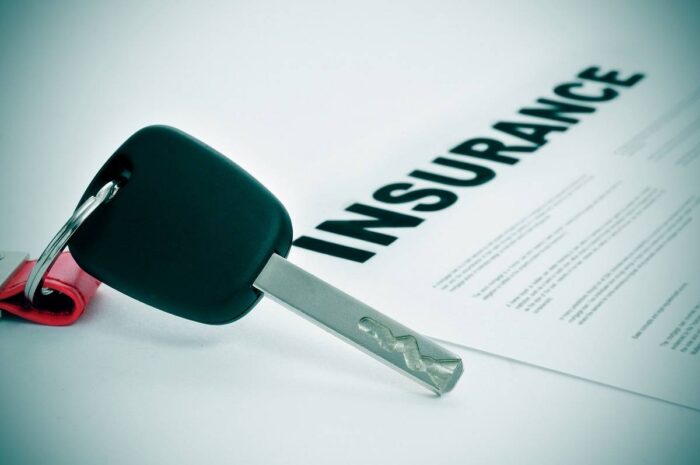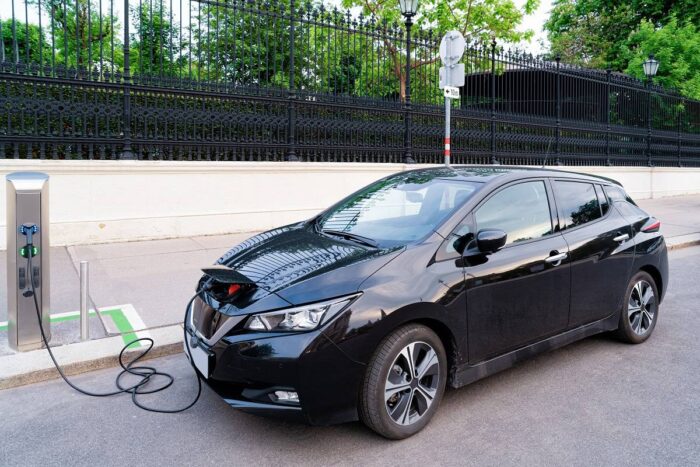Various organizations operate free refrigerator initiatives to help low-income families get a fridge. Compared to earlier refrigerators, the ones offered through free refrigerator programs use less energy, lowering your electricity bill.
The best approach to get a free refrigerator is to replace an old, energy-inefficient model with a new, energy-efficient model. This device is used by households 24 hours a day, seven days a week, and the decreased utility expenses imply that a new unit pays for itself over time. Additionally, if you fulfill the low-income standards and the electricity savings justify the benefit, the government may subsidize the replacement.
Government Programs Offering Free Refrigerator
For those constantly searching for a “free refrigerator program near me,” government initiatives are the answer as they work in various ways to help low-income families. In each case, a federal agency awards funds to states, which must adhere to the fundamental guidelines but typically add their spin during implementation.
Weatherization Assistance Program
The Weatherization Assistance Program is one government-run program that offers a free refrigerator program. It encourages citizens to adopt energy-efficient appliances to reduce environmental risk. WAP also provides financial assistance and, in some circumstances, the appliance itself to families that cannot afford the equipment, reducing the danger of increased energy consumption.
Additionally, it offers about $8,000 to a family, depending on their income and the state of their home. The program is for low-income families with occupants who are disabled, elderly, have children, have a member with special needs, or are significant energy users. Based on these principles, the Weatherization Assistance Program (WAP) is the only government program that directly provides fridges to low-income families.
Here are the following requirements that need to be met:
- Households with incomes less than 200% of the federal poverty level
- Receive other benefits from the government
- Supplemental Security Income
- Aid to Families with Dependent Children
- You must meet LIHEAP income guidelines (60 percent of the state median income).
Learn More About LIHEAP
LIHEAP is a federally financed program designed to assist low-income households obligated to pay a significant amount of their income to energy suppliers.
It is less likely to supply a free refrigerator program, despite what you may hear elsewhere online. LIHEAP is administered by the Department of Health and Human Services and provides federal funds assistance with the following utility costs.
- Home energy bills
- Energy emergencies
- Weatherization services
- Minor home repairs
Begin by looking for a local organization on the LIHEAP state map to see if they can assist you in lowering the lifetime expenses of running any item, including your current refrigerator.
Meanwhile, because only 15% of the LIHEAP funds may be used for weatherization, your state agency may prioritize correcting draughts, adding insulation, and replacing HVAC equipment over keeping your food cold.
Energy Star
ENERGY STAR provides unbiased information on energy efficiency to consumers of all income levels through funding from the Environmental Protection Agency. Find out any rebates for refrigerators in your area by visiting the ENERGY STAR website. There you will find information about local retailers and model price points.
A free refrigerator program is not a direct benefit of this government program, but you can still gain rebates by participating in the program. For example, some rebates reduce the upfront cost of a new refrigerator, reducing the length before it pays for itself through lower electricity bills.
LADWP’s Refrigerator Exchange Program
Low-income families can receive a free refrigerator through LADWP's Refrigerator Exchange Program. The refrigerator is an energy-saving, ENERGY STAR-rated appliance. In exchange for your qualified older model refrigerator, they offer you a brand new one. You can choose between a 15 or 18 cubic foot model that's more efficient and more cost-effective than the older model you might be using. The applicant and the refrigerator that is being exchanged need to meet certain criteria:
- This program is only open to first-time applicants.
- The applicant should have a refrigerator within the service area of LADWP.
- Refrigerators must be owned by tenants, property owners, or organizations.
- The refrigerator must have been used for at least ten years at the time of application.
- At the time of exchange, the refrigerator must be in working condition.
- A refrigerator should have a minimum area of 14 cubic feet.
- The unit must have been used as a primary unit, not a storage unit.
- A properly grounded outlet should be used to plug the refrigerator in.
Apply for the program, and you will receive a more energy-efficient refrigerator that will save you money on energy bills and cost you nothing.
Frequently Asked Questions:
Free refrigerator programs provide energy-efficient refrigerators to low-income families in the US, helping them save on energy costs and reduce their environmental impact. These programs typically target households experiencing financial hardship or those participating in government assistance programs.
To find free refrigerator programs for low-income families, contact your local utility company, social services department, or non-profit organizations in your area. The application process usually requires proof of income, participation in government assistance programs, or demonstrating financial need. Follow each program's specific application process and submit the necessary documentation.
Yes, there are other programs, such as the Low-Income Home Energy Assistance Program (LIHEAP), Weatherization Assistance Program (WAP), or utility company-sponsored programs, designed to help low-income families save on energy costs by providing financial assistance, energy-efficient appliances, or home weatherization services.
Conclusion
The free fridge is a blessing for low-income families as they cannot afford energy-efficient appliances. Various agencies and programs provide free refrigerators to offset the cost of buying a new or used one. If you need other type of furniture, many programs also offer free furniture for low-income families.
Are you interested in learning more about the various grants and foundations that can help you with your day-to-day needs? Check out the rest of Gov Relations' resources today!







